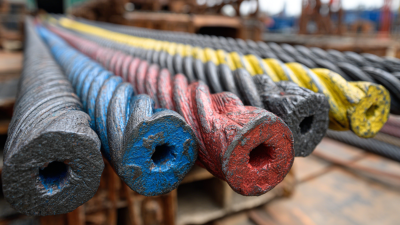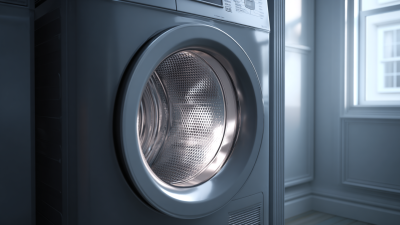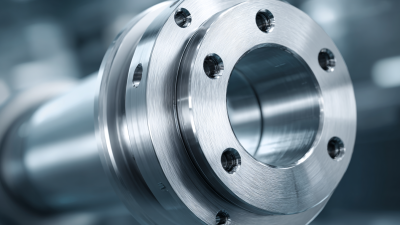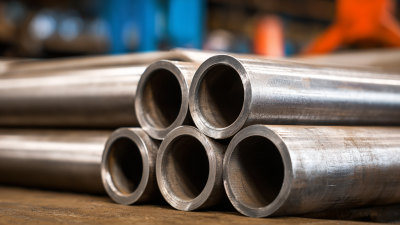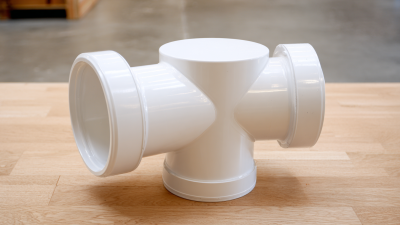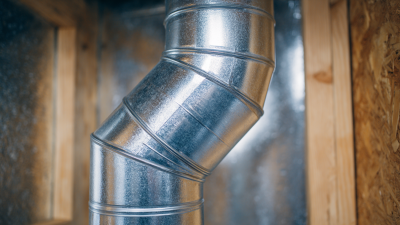In the realm of construction, selecting the appropriate materials can significantly impact the safety and durability of a structure. When it comes to choosing the right-hand anchor rod, understanding the various options and specifications is crucial. As industry expert John Thompson, a renowned engineer with over two decades of experience in structural design, once stated, “The success of any anchoring system lies in the meticulous selection of components tailored to the specific demands of the project.” His insights underscore the importance of considering factors such as load requirements, environmental conditions, and installation techniques when making a decision.

The right-handed anchor rod, known for its efficient design and reliability, plays a pivotal role in ensuring the stability of anchored systems. It is essential for construction professionals to comprehend not only the technical aspects of these rods but also the implications of their selection on the overall construction process. With the advancements in material science and engineering practices, choosing the right-handed anchor rod has become a more nuanced decision, blending traditional practices with innovative solutions.
By understanding the fundamental principles and expert recommendations, professionals can better navigate the selection process, ultimately leading to safer and more effective construction outcomes. As we delve into the key considerations for selecting the right-handed anchor rod, we equip ourselves with the knowledge needed to make informed choices that meet both the project needs and regulatory standards.
When selecting right-handed anchor rods for your construction project, several essential factors need to be carefully considered. First and foremost, the intended application of the anchor rod plays a crucial role in determining its specifications. Different projects will require varying load capacities and lengths, so it is vital to assess the structural demands of your project.
**Tips:** Always consult the project engineer to ensure you have the correct load ratings for your anchor rods. This ensures safety and longevity, minimizing the risk of structural failure.
Another important consideration is the material from which the anchor rods are manufactured. Common materials include stainless steel and carbon steel, each offering different levels of corrosion resistance and strength. The choice of material should align with the environmental conditions of the site and the specific requirements of the construction.
**Tips:** For projects in harsh environments, consider using galvanized or coated anchor rods to enhance durability and resistance to corrosion. This can significantly extend the lifespan of your construction elements, ensuring they remain secure over time.
When selecting the right-handed anchor rod for your construction project, it’s essential to understand the different types available and their specific applications. Right-handed anchor rods are commonly used in various construction scenarios, including securing structures, stabilizing slopes, and reinforcing rock formations. Among the most prevalent types are the rebar bolts, which are designed to enhance anchorage performance in a range of surrounding rock strengths and borehole depths. These rods play a critical role in strata control, particularly in civil and mining engineering, where managing large deformations is crucial.
Another key type of right-handed anchor rod is the traditional steel bar, utilized in situations requiring enhanced tensile strength and flexibility. These anchor rods often serve in combination with other anchoring techniques to ensure the integrity of structural elements. Understanding the specific requirements of your project and the properties of each anchor rod type can significantly affect the outcomes of stability and safety in construction practices. Whether dealing with dynamic pressure roadways or routine building foundations, choosing the right anchor rod is pivotal for successful project execution.
| Type of Anchor Rod | Material | Diameter (inches) | Length (feet) | Applications |
|---|---|---|---|---|
| Standard Right-Handed Anchor Rod | Carbon Steel | 0.5 | 10 | General Construction |
| High-Strength Anchor Rod | Alloy Steel | 0.75 | 12 | Heavy-Duty Applications |
| Galvanized Anchor Rod | Galvanized Steel | 0.625 | 8 | Corrosive Environments |
| Threaded Anchor Rod | Stainless Steel | 0.875 | 15 | Wind Load Applications |
| Post-Tensioning Anchor Rod | Pre-stressed Concrete Steel | 1.0 | 20 | Slab Foundations |
Calculating load requirements for right-handed anchor rods is crucial to ensuring the stability and safety of your construction project. Anchor rods are essential in securing structures, and understanding the loads they will bear is the first step in choosing the right ones. Begin by assessing the anticipated loads your structure will experience, including static loads, dynamic loads, and any potential environmental factors such as wind or seismic activity. This information will guide you in selecting not only the appropriate grade and diameter of the anchor rod but also its length and embedment depth.
Tips: Consider using software or consulting with an engineer for precise load calculations. Ensure you take into account the soil conditions, as they can drastically influence load capacity. Additionally, always leave room for a safety margin in your calculations to accommodate any unforeseen stresses during the lifespan of the project.
Once you have a clear load calculation, you can compare different anchor rod options that meet or exceed your requirements. Pay careful attention to the manufacturer's specifications and any relevant building codes to ensure compliance. Remember, the strength of your structure often depends on the quality and suitability of these foundational elements.
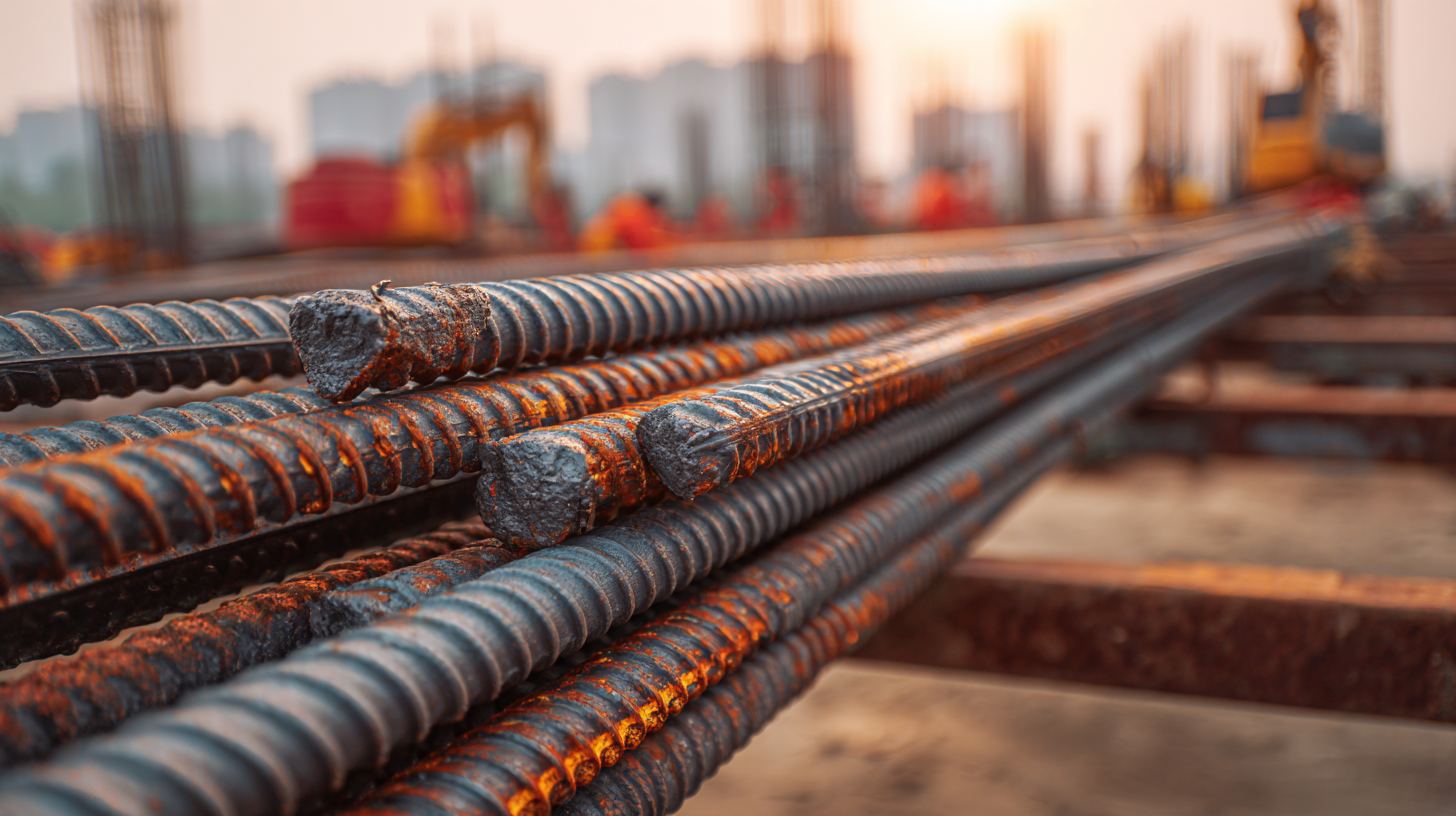 When selecting the right-handed anchor rod for your construction project, material choice is paramount. Common materials include steel, stainless steel, and composite options, each with its own set of advantages and disadvantages. Steel, for instance, is robust and available in various grades, making it suitable for heavy-duty applications. However, it can be prone to corrosion, which might require additional protective coatings in certain environments.
When selecting the right-handed anchor rod for your construction project, material choice is paramount. Common materials include steel, stainless steel, and composite options, each with its own set of advantages and disadvantages. Steel, for instance, is robust and available in various grades, making it suitable for heavy-duty applications. However, it can be prone to corrosion, which might require additional protective coatings in certain environments.
On the other hand, stainless steel offers excellent resistance to corrosion, making it ideal for projects exposed to moisture or harsh chemicals. While it’s more expensive than standard steel, its longevity often justifies the cost. Composite anchor rods represent a newer alternative, providing outstanding resistance to corrosion without the weight of metal. However, they may not be as strong and could require specialized installation techniques.
Tips: Always consider the specific environment and load requirements when choosing your anchor rod material. Consulting with structural engineers can also provide insights tailored to your project’s unique needs. Additionally, keep an eye on cost-effectiveness and long-term durability, as these factors will influence the overall performance of your construction project.
When installing right-handed anchor rods, adherence to best practices is essential for ensuring
structural integrity and longevity. According to the American Concrete Institute,
approximately 80% of construction failures can be attributed to improper installation techniques. Therefore, ensuring that the
anchor rods are installed in compliance with the manufacturer’s specifications and permitting guidelines is critical. This
includes selecting the correct embedment depth and ensuring proper alignment during the installation process.
Tips: Always perform a pre-installation site survey to identify
any potential challenges. This prepares your team to address issues such as soil type and load requirements effectively.
Using a torque wrench during installation can help achieve the necessary torque
specifications, reducing the risk of loosening or failure over time.
Maintenance is equally important for maximizing the lifespan of anchor rods. Regular
inspections should be conducted to assess potential corrosion or damage, especially in harsh environmental conditions. The
National Association of Corrosion Engineers highlights that
corrosion can reduce the effective load capacity by up to 50%. Applying protective coatings can significantly extend the life
of anchor rods, enhancing their resistance to environmental factors and prolonging their performance in construction projects.

